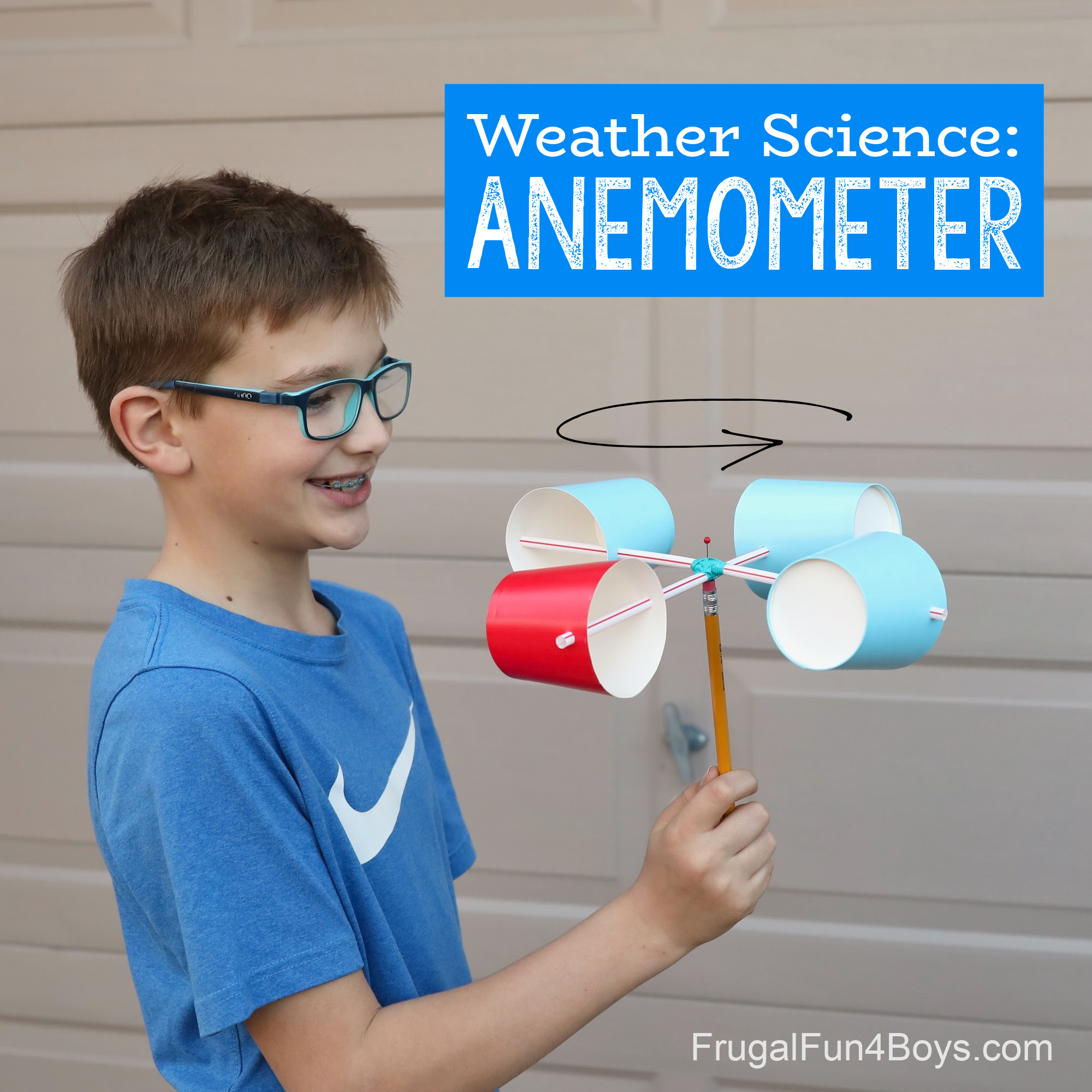How an Anemometer Can Improve Your Weather Tracking System
How an Anemometer Can Improve Your Weather Tracking System
Blog Article
Anemometers Revealed: Comprehending Their Value in Environmental Tracking and Precaution
The role of anemometers in environmental tracking and security actions is commonly ignored, yet their importance is indisputable. From weather forecasting to air travel security, anemometers play a crucial function in providing accurate information that informs decision-making processes and boosts total safety and security.
History of Anemometers
The advancement of anemometers can be traced back to the ancient people where basic wind measuring devices were very first used. One of the earliest well-known anemometers was the hemispherical cup anemometer invented by Leon Battista Alberti in the 15th century.
In the 18th century, the distinguished scientist John Thomas Romney Robinson presented the Robinson anemometer, which featured 4 hemispherical cups installed on straight arms that prolonged from a main axis. This design came to be a standard in atmospheric dimensions due to its accuracy and dependability. Throughout the years, innovations in modern technology resulted in the growth of more modern-day anemometers, including ultrasonic anemometers and laser Doppler anemometers, supplying increased accuracy and efficiency in gauging wind speed and instructions. The history of anemometers showcases an impressive journey of development and progression in the field of weather forecasting.
Sorts Of Anemometers
Throughout the area of weather forecasting, various kinds of anemometers have been established to properly determine wind speed and direction. The most common kind is the cup anemometer, which is composed of three or four mugs installed on straight arms that turn with the wind. As the mugs spin, the speed at which they rotate is directly symmetrical to the wind rate. An additional widely made use of kind is the vane anemometer, which includes a tail or fin that aligns itself with the wind instructions. This alignment allows the gadget to determine the wind direction. Sonic anemometers make use of ultrasonic signals to determine wind speed and instructions properly. They are frequently made use of in research applications as a result of their high accuracy. Hot-wire anemometers operate based upon the concept that the cooling result of wind on a heated cable is proportional to the wind speed. These anemometers appropriate for measuring reduced wind rates with high precision. Each type of anemometer has its toughness and is picked based on the certain requirements of the surveillance job available.
Applications in Meteorology
Having gone over the different sorts of anemometers made use of in weather forecasting for gauging wind rate and instructions, it is necessary to explore their More about the author practical applications in the area. Anemometers play an important role in weather forecasting by offering real-time and precise data on wind conditions (anemometer). Meteorologists use anemometers to keep an eye on wind rate and direction to anticipate weather condition patterns, problem cautions for severe weather condition events like storms, twisters, and storms, and assess atmospheric problems for air travel security
In weather forecasting, anemometers help in recognizing regional and regional wind patterns, which are essential for forecasting weather condition adjustments and figuring out weather trends. These tools are additionally made use of in research to examine microclimates, metropolitan warmth islands, and air contamination dispersion. Additionally, anemometers are used in farming to enhance plant monitoring practices, such as watering and pesticide application, based on wind conditions.
Value in Air Travel Security
An integral element of making sure aeronautics security depends on the meticulous monitoring of wind conditions using anemometers. Anemometers play an essential role in aeronautics by providing real-time data on wind speed and instructions, helping pilots in making educated decisions throughout liftoff, landing, and flight. Strong and unforeseeable winds can significantly impact airplane operations, making it necessary for air travel authorities to count on precise wind dimensions to guarantee the security of guests and staff.

In the vibrant atmosphere of air travel, where even small modifications in wind rate and instructions can have extensive effects, anemometers stand as vital tools for promoting safe and protected air travel.
Function in Environmental Research Study
Anemometers play a vital role in ecological research by supplying important data on wind speed and direction. By properly gauging wind qualities, anemometers help researchers assess the motion of contaminants in the air, evaluate the influence of industrial discharges, and predict the spread of contaminants in the atmosphere.


Verdict
In verdict, anemometers have played an important function in ecological monitoring and safety measures. Comprehending the significance of anemometers is important for accurately determining wind speed and direction, which is vital for anticipating climate patterns, making certain secure air travel procedures, and performing environmental studies.
One of the earliest known anemometers was the hemispherical mug anemometer developed by Leon Battista Alberti in the 15th century. Over the years, improvements in technology led to the development of even more modern-day anemometers, including ultrasonic anemometers and laser Doppler anemometers, supplying enhanced accuracy and performance in gauging wind rate and direction. Hot-wire anemometers operate based on the concept that the cooling effect of wind on a warmed cord is proportional to the wind rate. Meteorologists utilize anemometers to keep an eye on wind rate and instructions to anticipate climate patterns, concern warnings for severe weather events like typhoons, tornados, and tornadoes, and evaluate climatic conditions for aviation safety.
Recognizing the importance of anemometers is vital for accurately gauging wind speed and instructions, which is crucial for anticipating weather condition patterns, guaranteeing secure aeronautics operations, and carrying out environmental researches. (anemometer)
Report this page